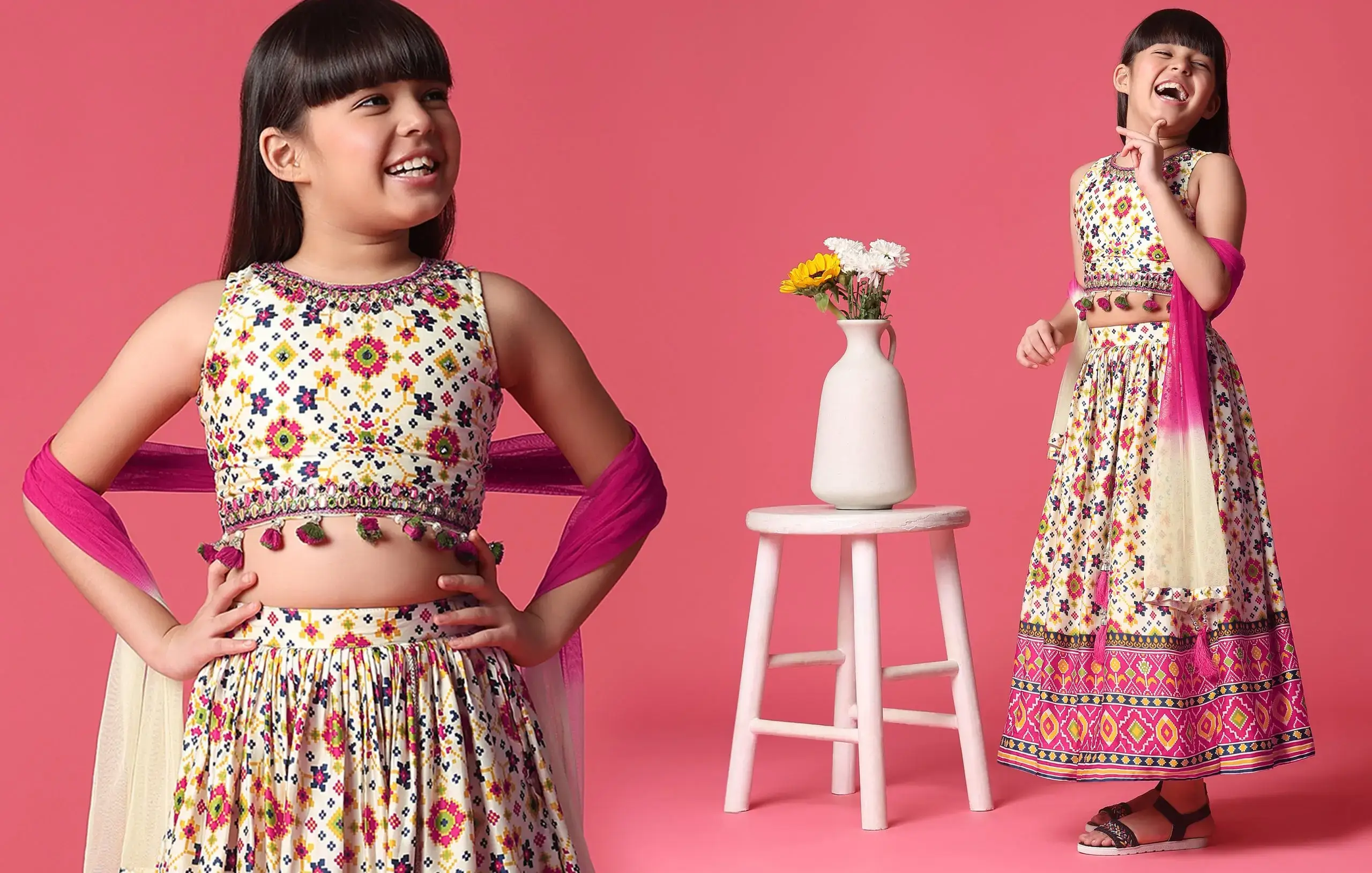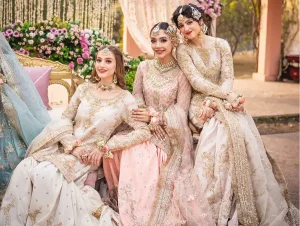In an increasingly globalized world, traditional clothing stands as a proud reminder of our roots. It tells stories of history, craftsmanship, climate, culture, and even resistance. From the vibrant patterns of African kente cloth to the intricate embroidery of Eastern European folk costumes, traditional attire continues to play an essential role in identity, celebration, and heritage.
The Significance of Traditional Clothing
Traditional clothing is more than fabric and thread—it’s a form of expression. It often reflects:
- Cultural identity: Each garment can represent a specific region, ethnic group, or social status.
- Rituals and ceremonies: Weddings, festivals, and religious events frequently feature traditional dress.
- Artisan skill: Handmade techniques passed down through generations—such as weaving, dyeing, and embroidery—preserve cultural knowledge.
Examples from Around the World
- Japan – Kimono
The kimono, with its elegant lines and seasonal patterns, has become a symbol of Japanese culture. Though now reserved mostly for formal occasions, it reflects the country’s appreciation for subtle beauty and tradition. - India – Saree and Kurta Pajama
India’s diversity is reflected in its clothing. The saree is a timeless piece of draped fabric worn differently across regions. Men often wear kurta pajamas or sherwanis during festivals and weddings, showcasing rich textiles and embroidery. - Scotland – Kilt
The Scottish kilt, often made of wool tartan, represents clans and lineage. It’s worn during national celebrations and by bagpipers and Highland dancers, tying people to centuries of heritage. - West Africa – Dashiki and Kente
Bold, colorful, and symbolic, the dashiki and kente cloth are staples of West African fashion. Each color and pattern can represent a meaning—strength, royalty, spiritual growth—making the clothing deeply personal. - Peru – Andean Dress
Influenced by both Indigenous Inca and Spanish colonial traditions, Andean dress features vibrant colors, ponchos, and hats specific to each community. Handwoven textiles tell stories through their geometric designs.
Why Traditional Clothing Still Matters
Even as fashion trends shift rapidly, traditional clothing offers:
- A sense of belonging: Wearing traditional attire connects people to their heritage.
- Sustainable practices: Many traditional garments are handmade and use natural dyes or local materials.
- Resilience: In many communities, traditional clothing is a form of resistance against cultural erasure.
Incorporating Tradition into Modern Life
Many designers now blend traditional techniques with contemporary styles, creating fashion that’s both modern and rooted in heritage. Whether it’s an embroidered jacket inspired by a folk costume or a formal outfit with handwoven fabric, these fusions keep traditions alive in meaningful ways.
Conclusion
Traditional clothing is a vibrant tapestry woven from threads of history, identity, and pride. By embracing and preserving these styles, we honor the past and celebrate the cultural richness that makes our world beautifully diverse.


